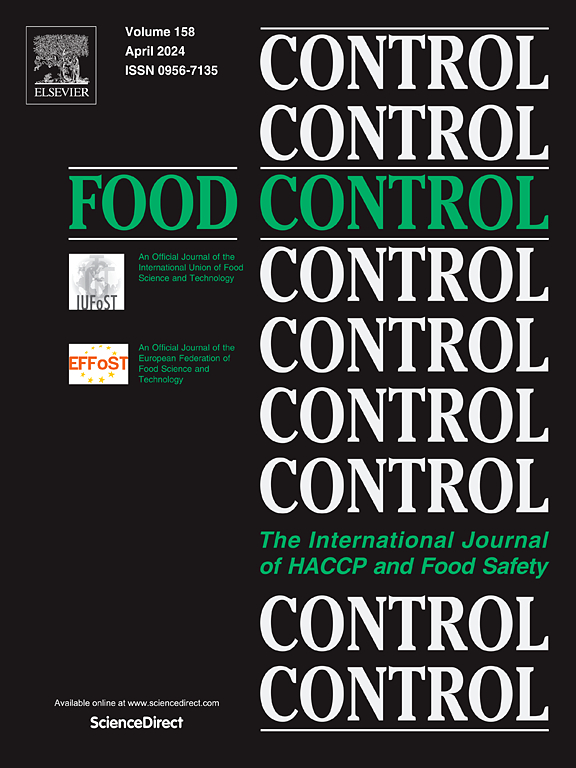Investigating roasting conditions to explore AGEs formation in chicken breast: A dynamic model approach
IF 5.6
1区 农林科学
Q1 FOOD SCIENCE & TECHNOLOGY
引用次数: 0
Abstract
This study explores the formation of advanced glycation end products (AGEs) in chicken breast during roasting, focusing on the analytical characterization and simulation of dynamic models for the content of carboxymethyllysine (CML) and carboxyethyllysine (CEL), two key AGEs. To systematically investigate the formation patterns of AGEs, the chicken breasts were subjected to five roasting temperatures ranging from 180 °C to 230 °C. At each temperature, samples were roasted to achieve five distinct core temperatures, from 60 °C to 100 °C. Dynamic models for CML and CEL content were constructed using multiple linear regression and partial least squares methods, with the best-fit models identified based on their R2 and RMSE values, with R2 values of 0.886 for CEL, 0.954 for CML, and RMSE values indicating minimal prediction error. Our research provides a robust framework for predicting AGEs formation during roasting with validation, offering valuable insights for optimizing cooking processes to balance product quality and safety.
研究烤制条件,探索鸡胸肉中 AGEs 的形成:动态模型方法
本文章由计算机程序翻译,如有差异,请以英文原文为准。
求助全文
约1分钟内获得全文
求助全文
来源期刊

Food Control
工程技术-食品科技
CiteScore
12.20
自引率
6.70%
发文量
758
审稿时长
33 days
期刊介绍:
Food Control is an international journal that provides essential information for those involved in food safety and process control.
Food Control covers the below areas that relate to food process control or to food safety of human foods:
• Microbial food safety and antimicrobial systems
• Mycotoxins
• Hazard analysis, HACCP and food safety objectives
• Risk assessment, including microbial and chemical hazards
• Quality assurance
• Good manufacturing practices
• Food process systems design and control
• Food Packaging technology and materials in contact with foods
• Rapid methods of analysis and detection, including sensor technology
• Codes of practice, legislation and international harmonization
• Consumer issues
• Education, training and research needs.
The scope of Food Control is comprehensive and includes original research papers, authoritative reviews, short communications, comment articles that report on new developments in food control, and position papers.
 求助内容:
求助内容: 应助结果提醒方式:
应助结果提醒方式:


